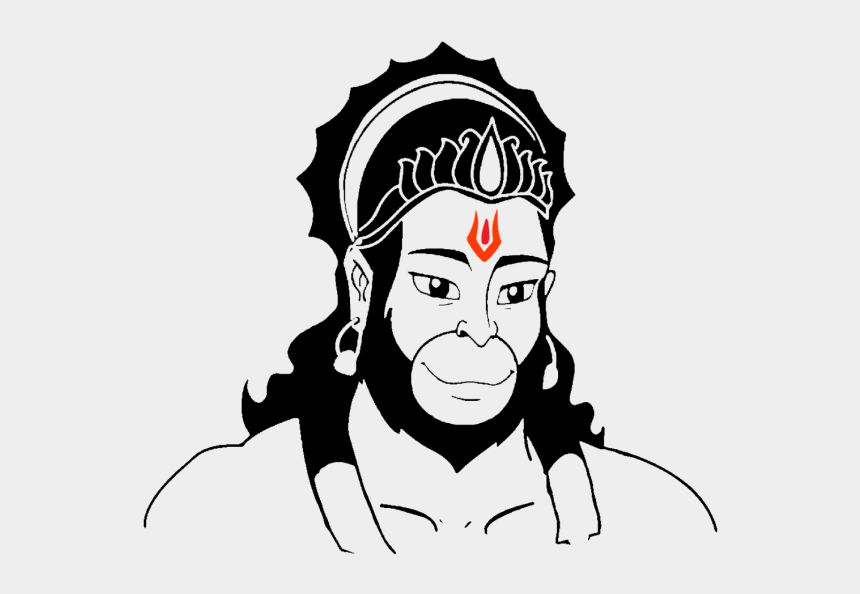The True Hanumana
Hanumana is the Nara to the Narayana that Sri Rama is. Without Hanumana, Rama is unable to fulfil his mission on earth. He needs Hanumana as his partner, his general, his servant, his adorer and his guard. And Hanumana is the incarnation of the adoration free of desire, the psychic love that surrenders completely to the Lord, demanding nothing but the feet of the Beloved and the Ishtadeva.




